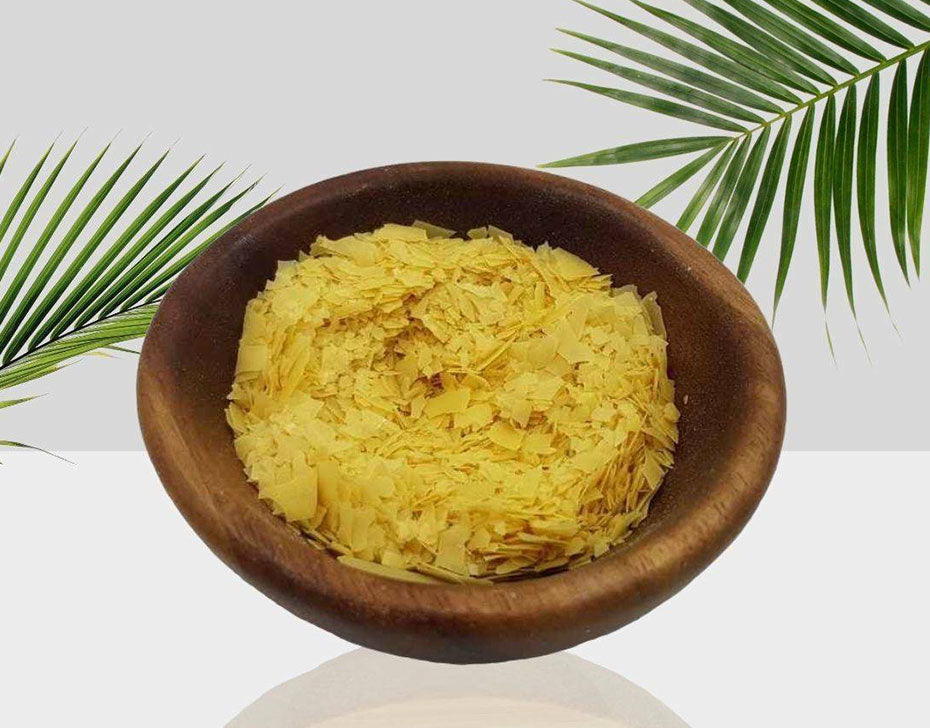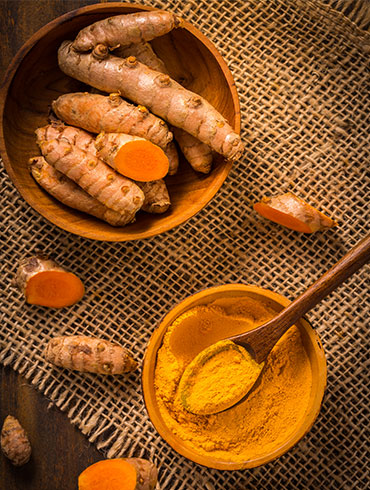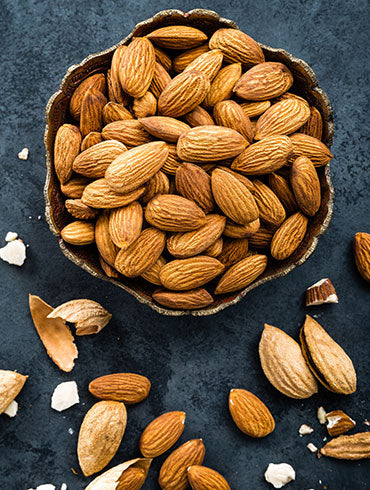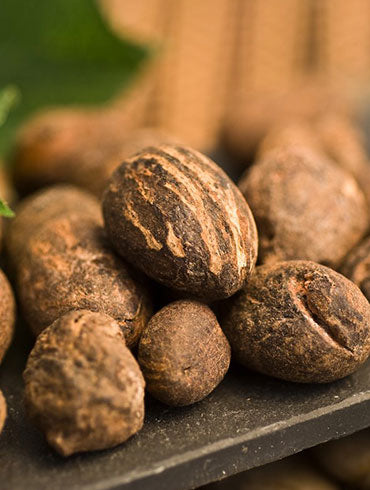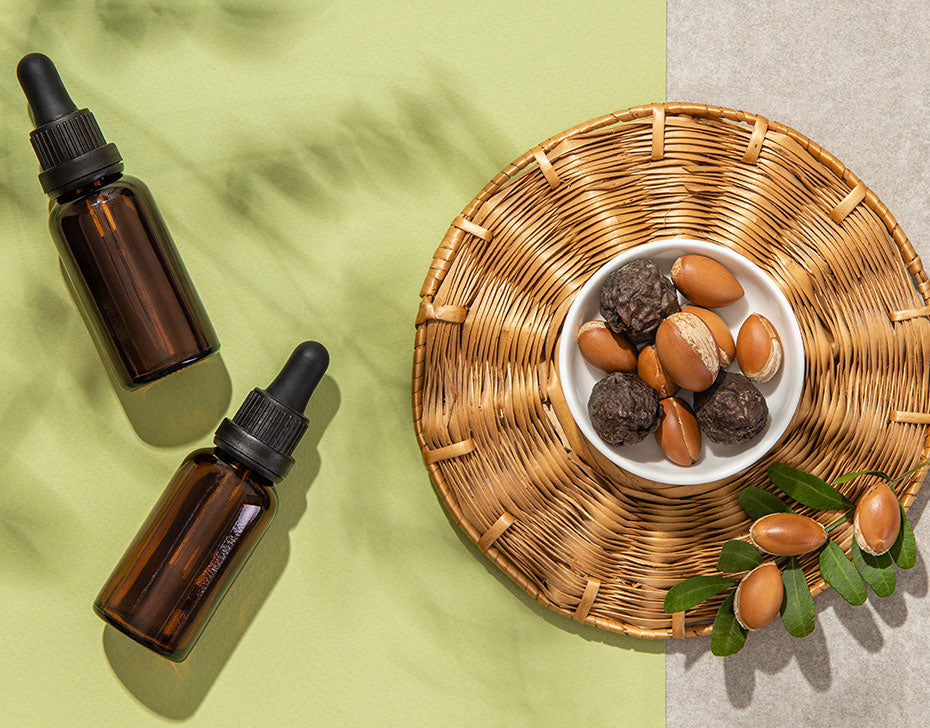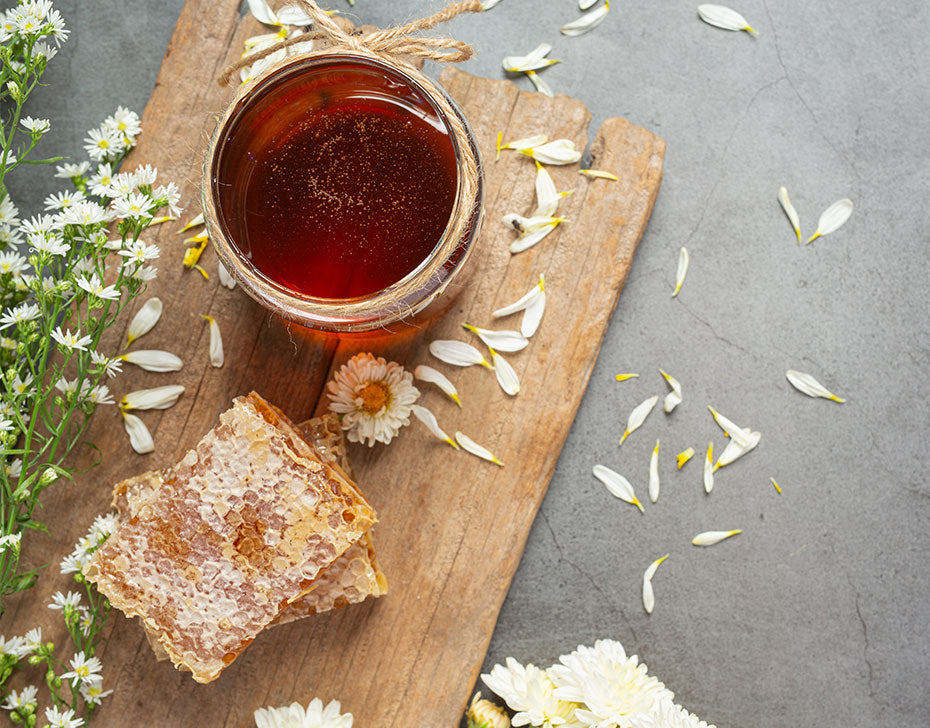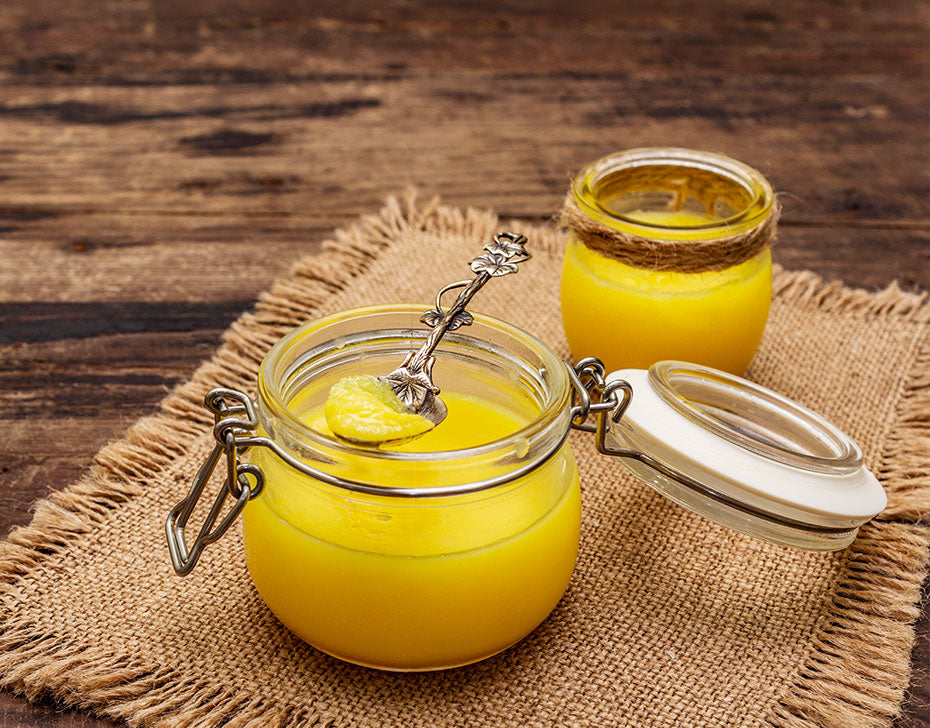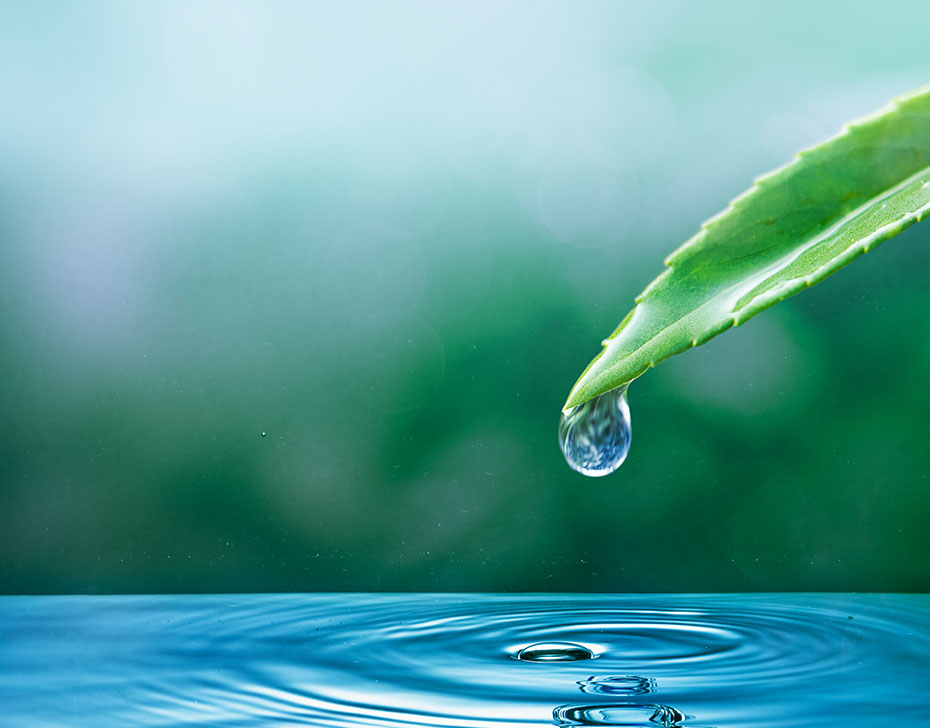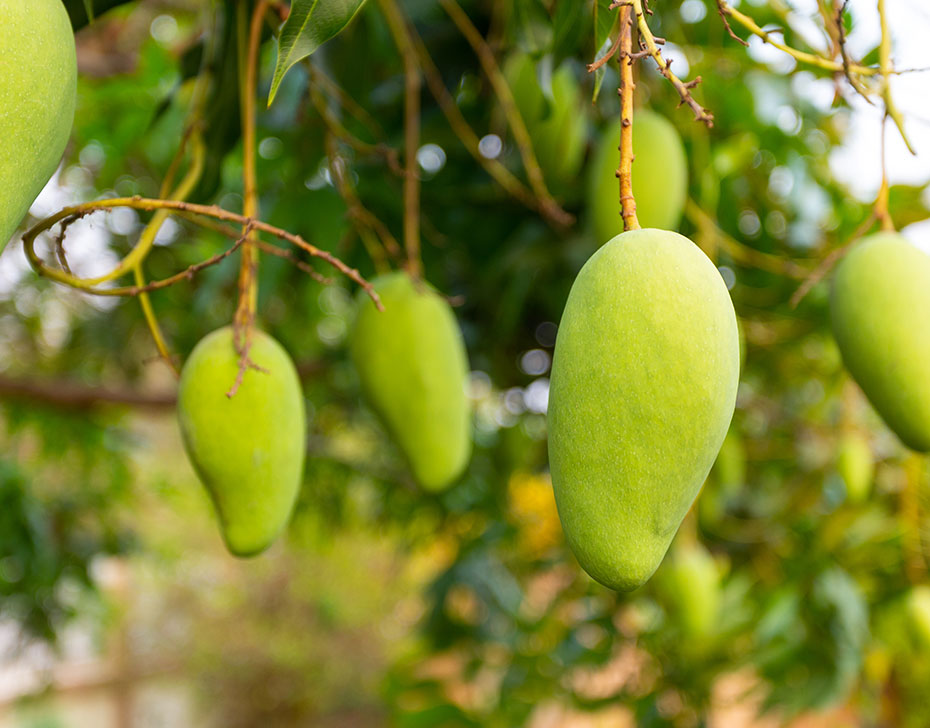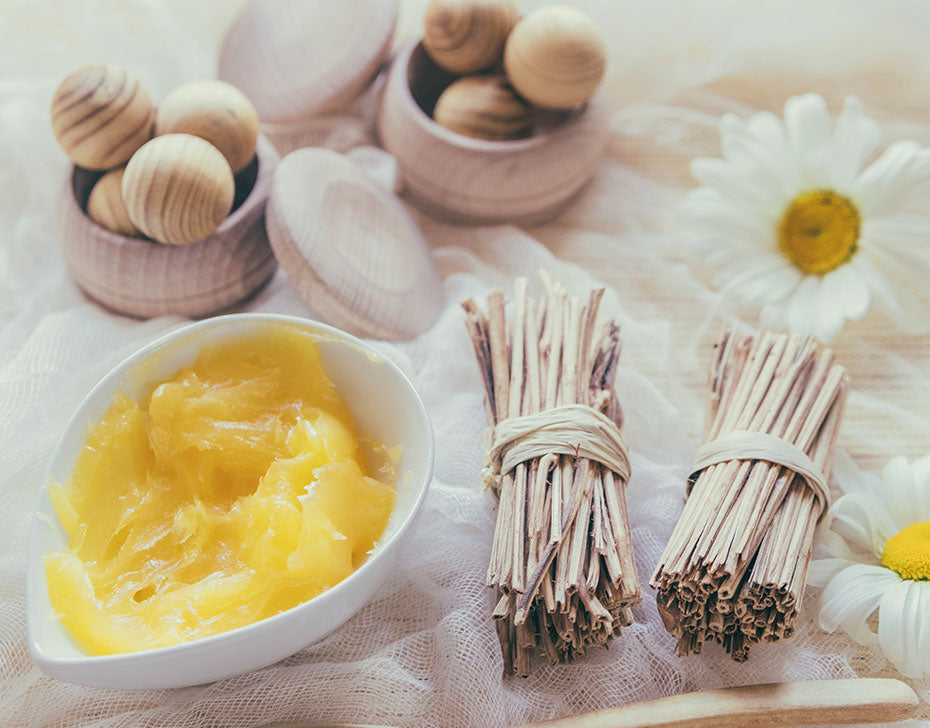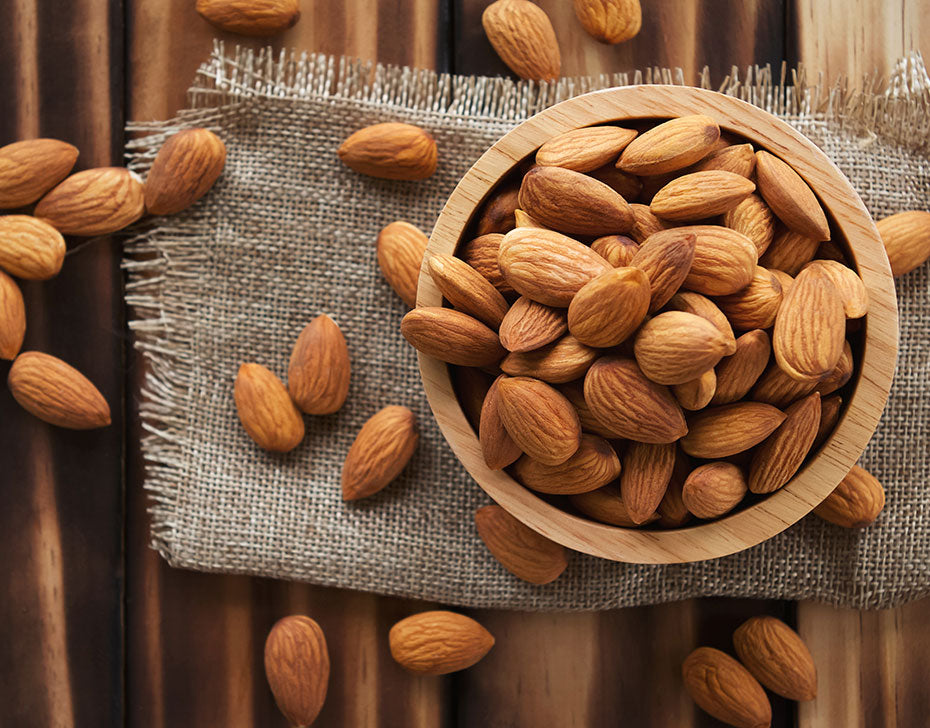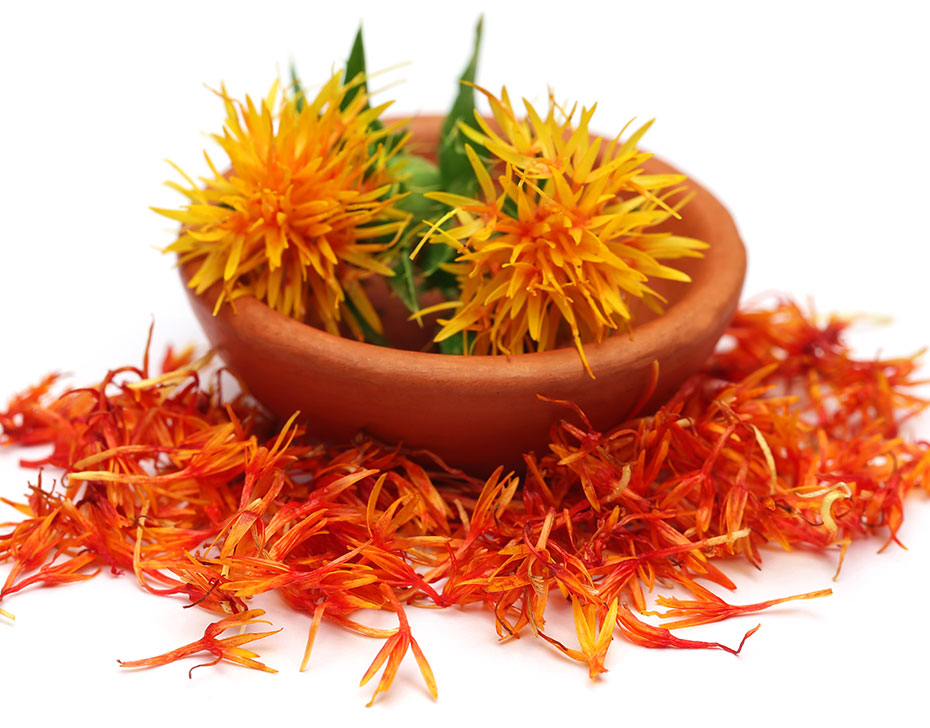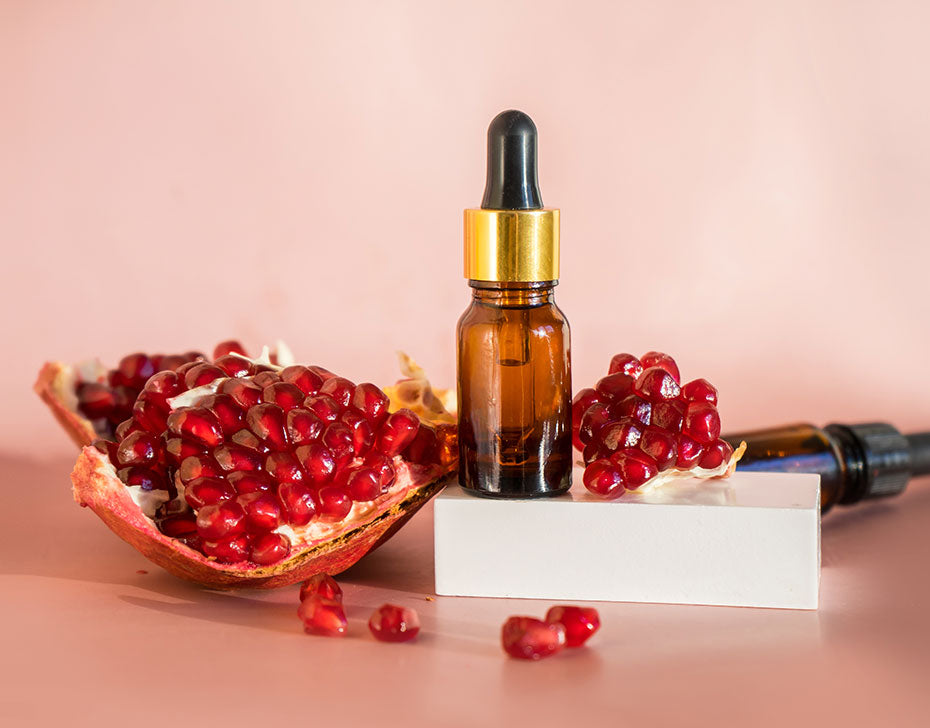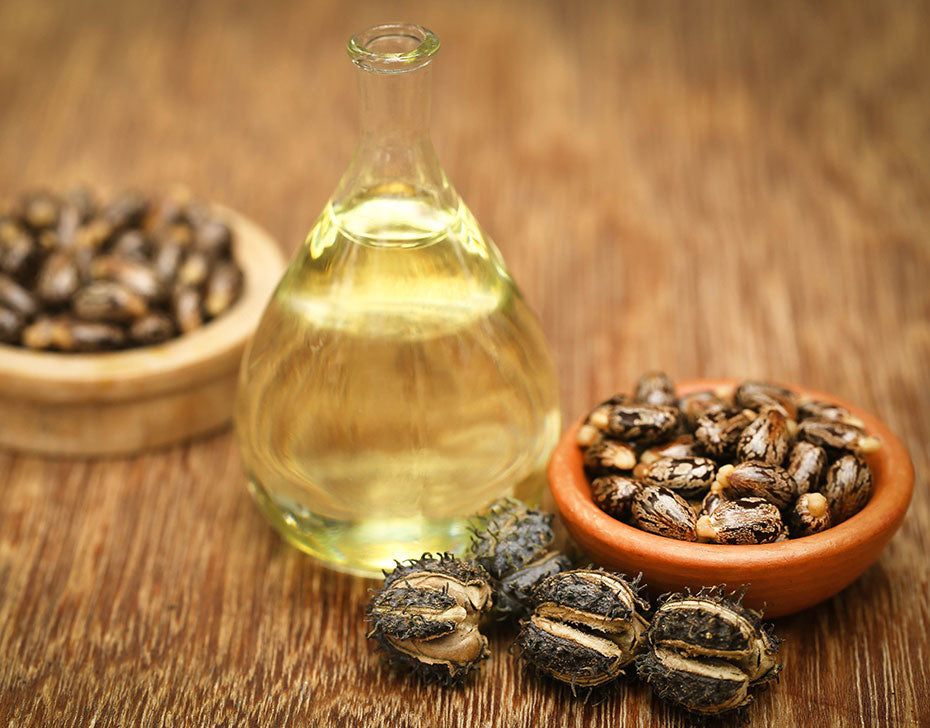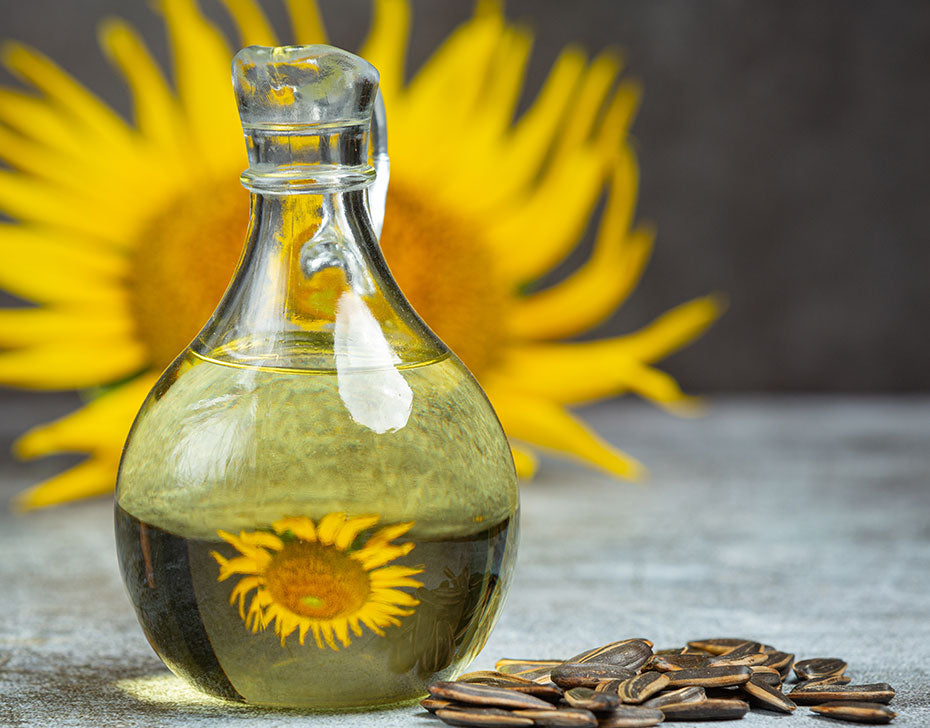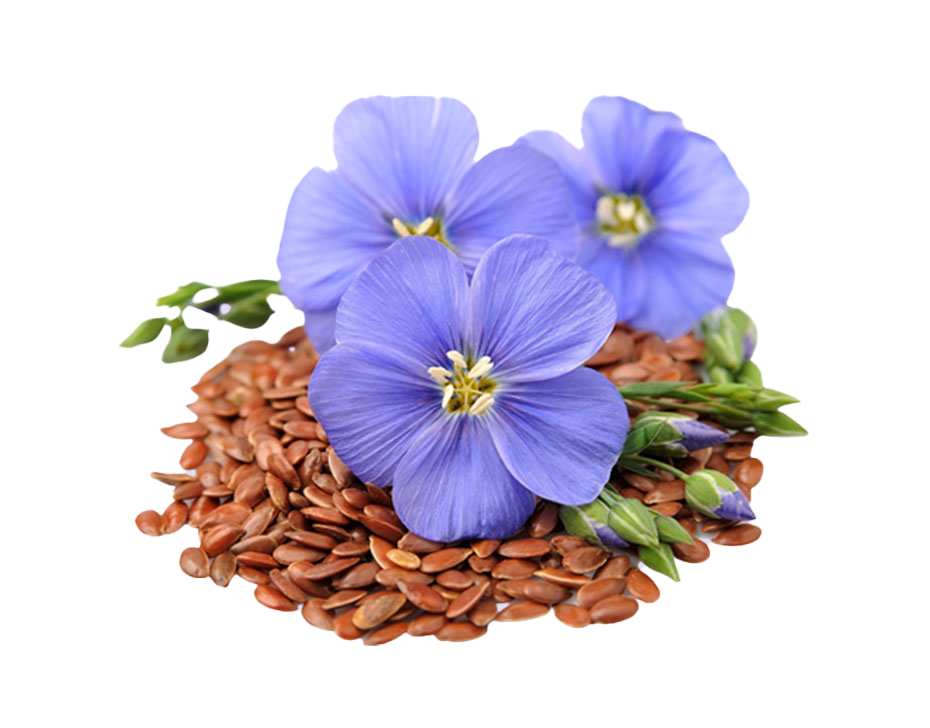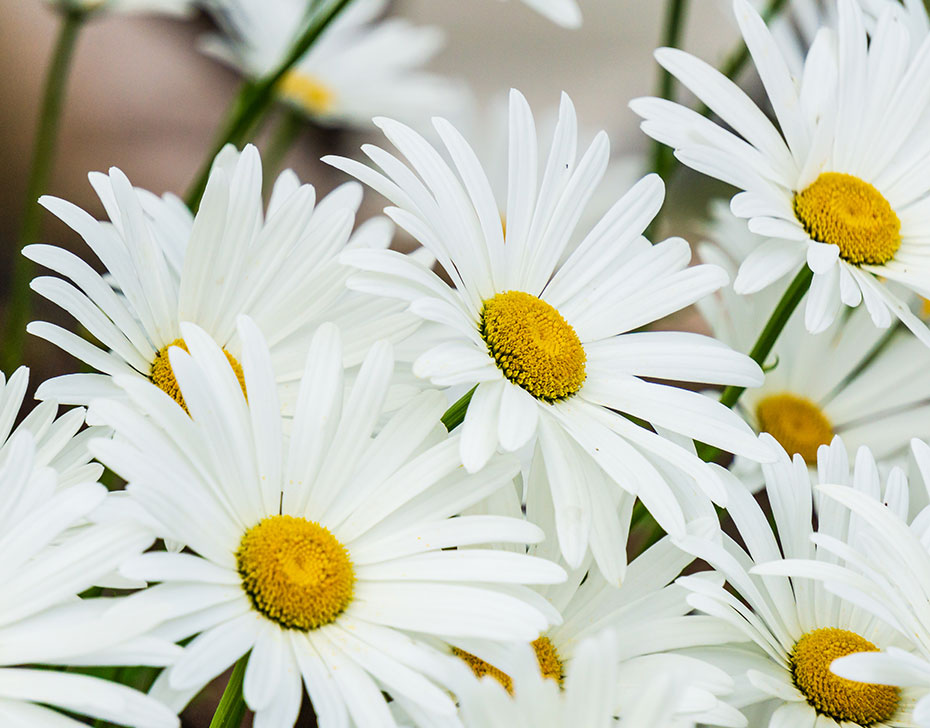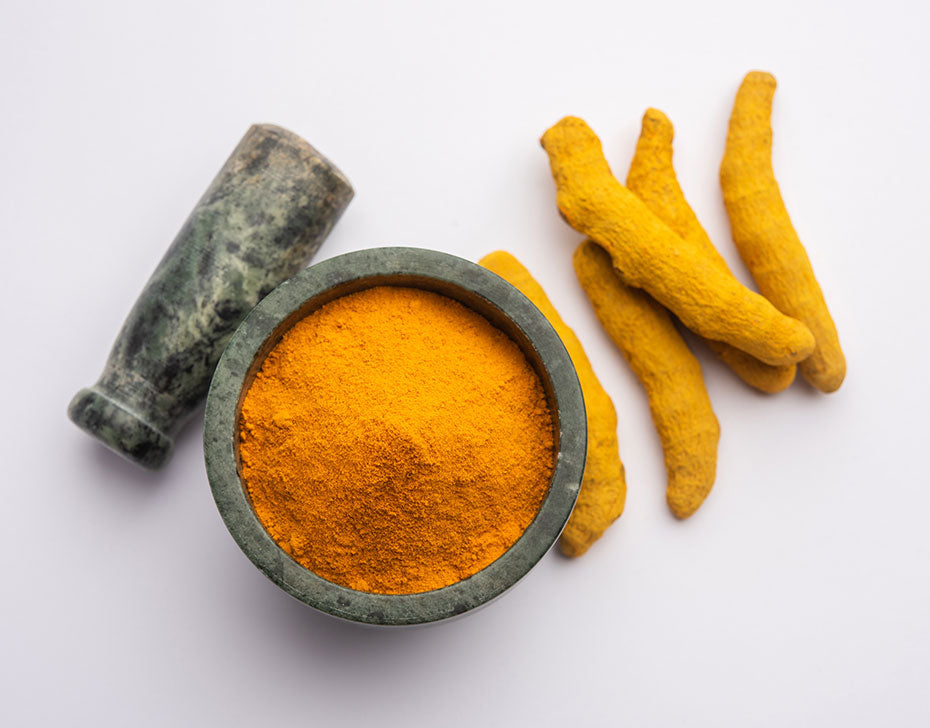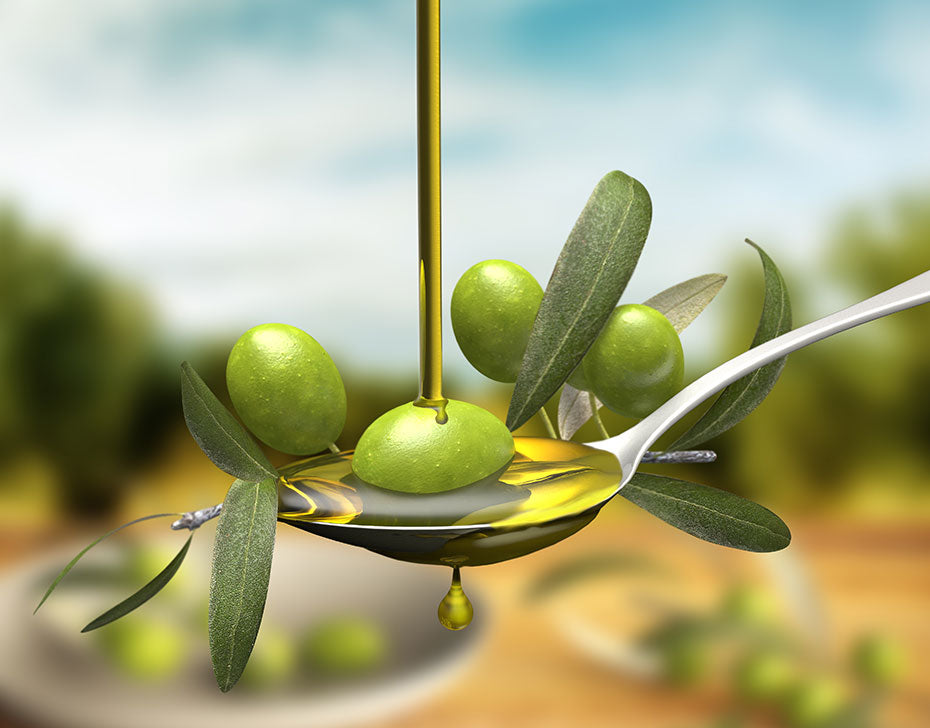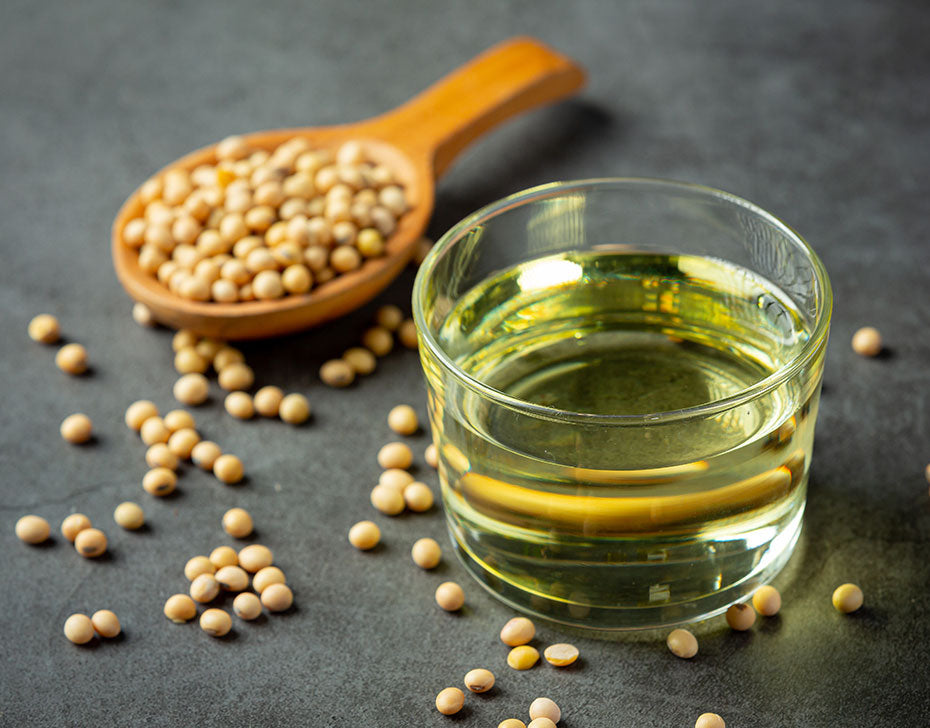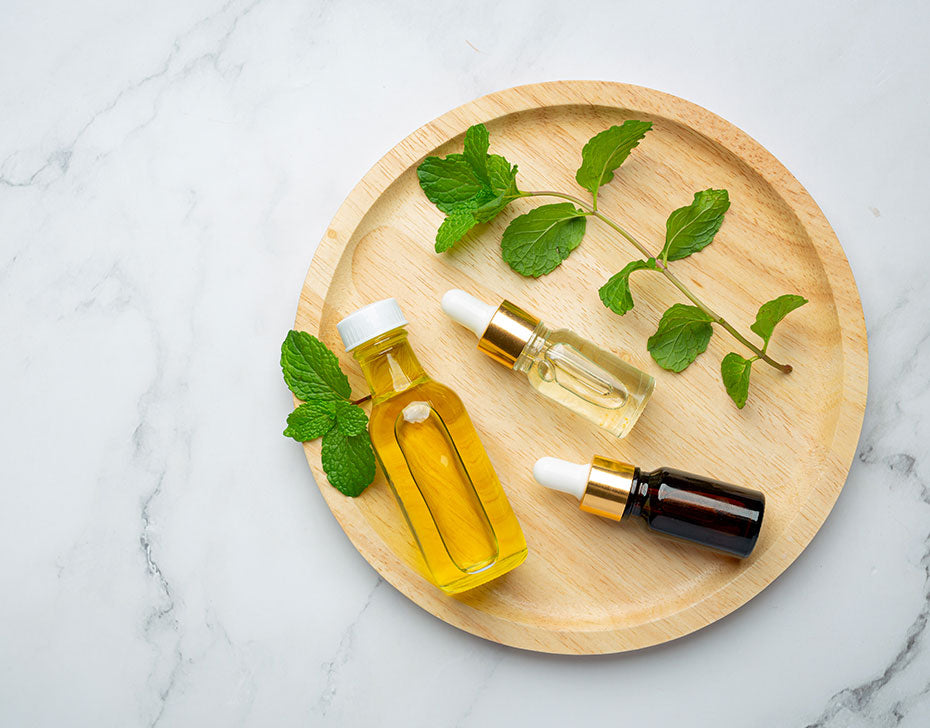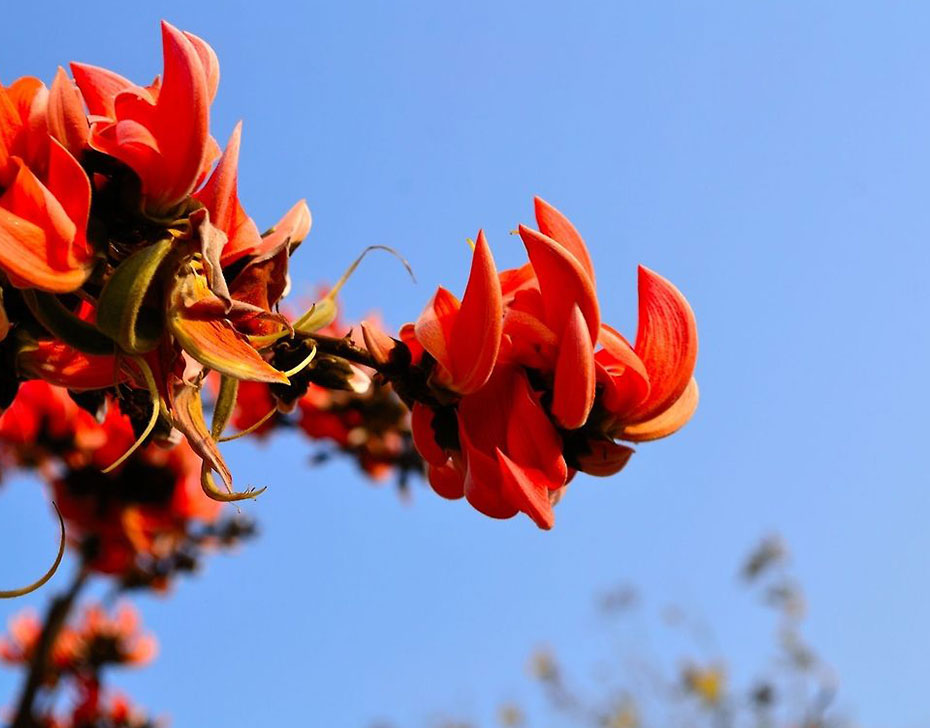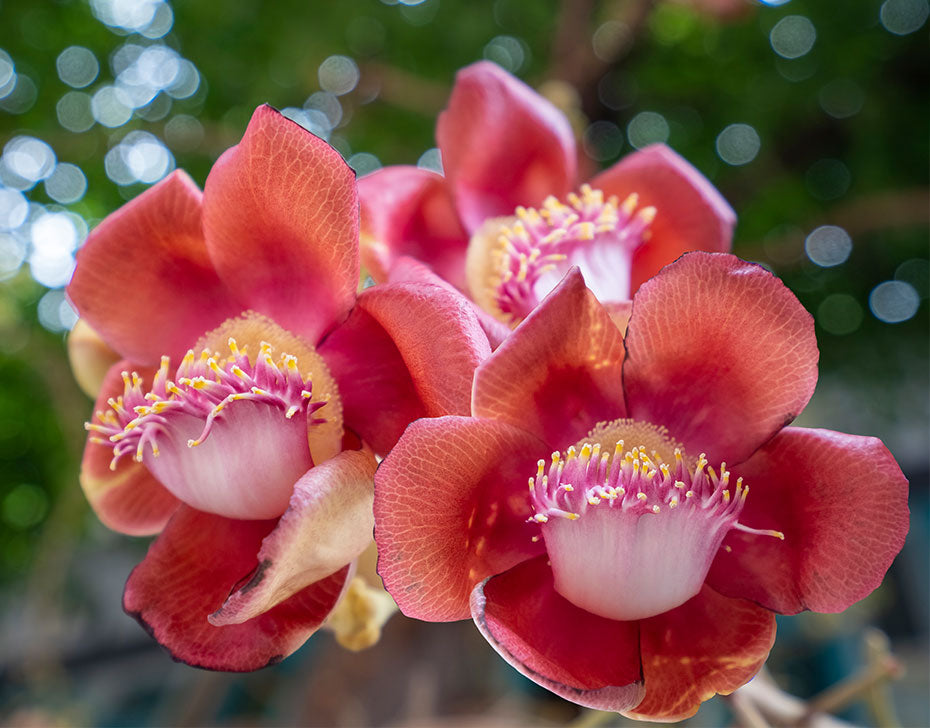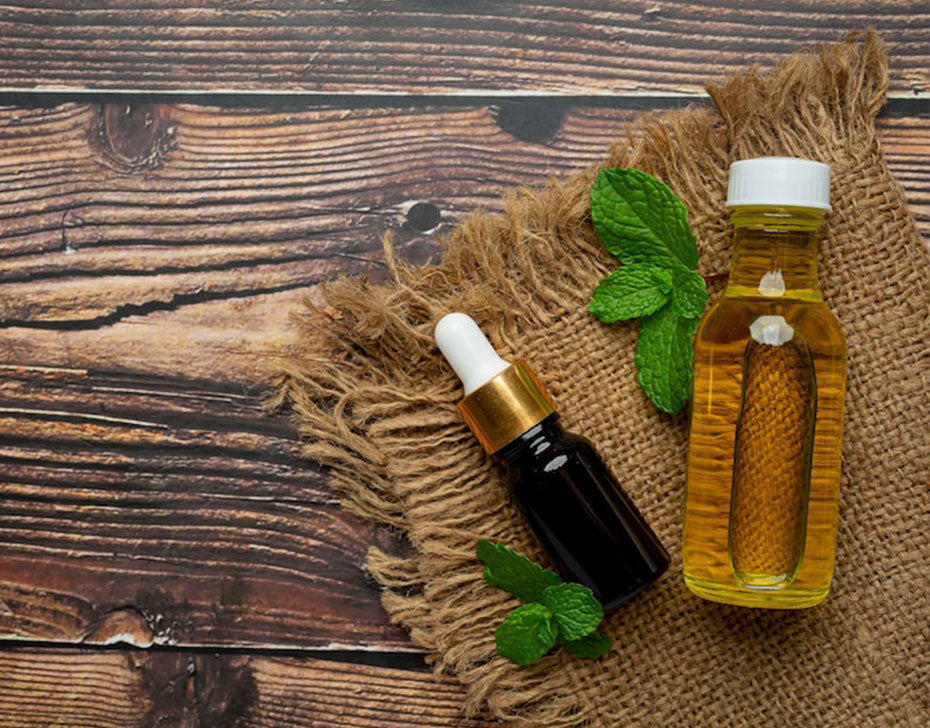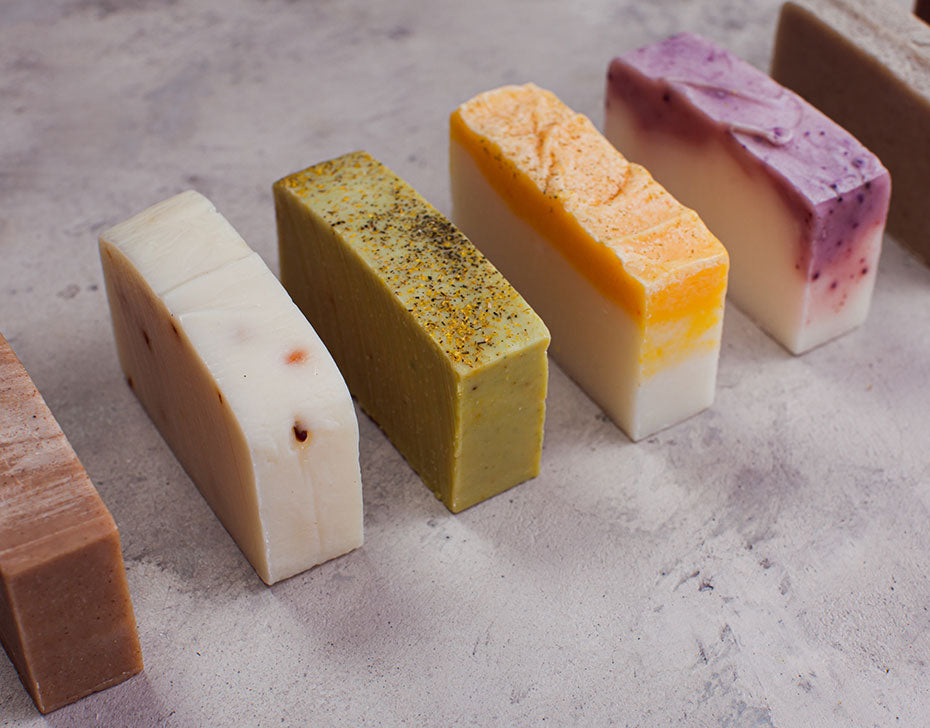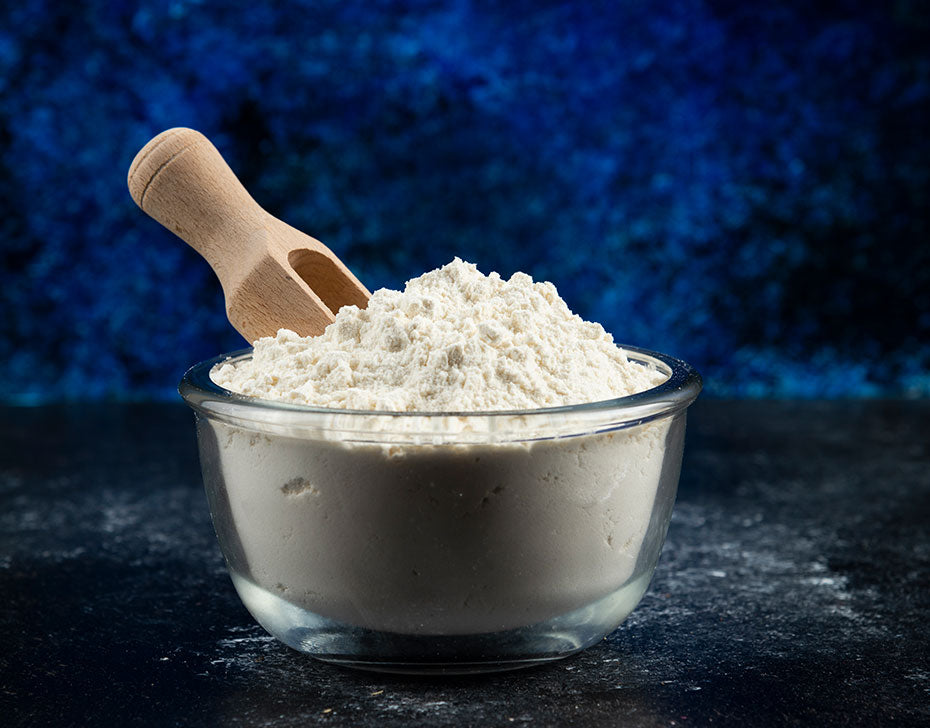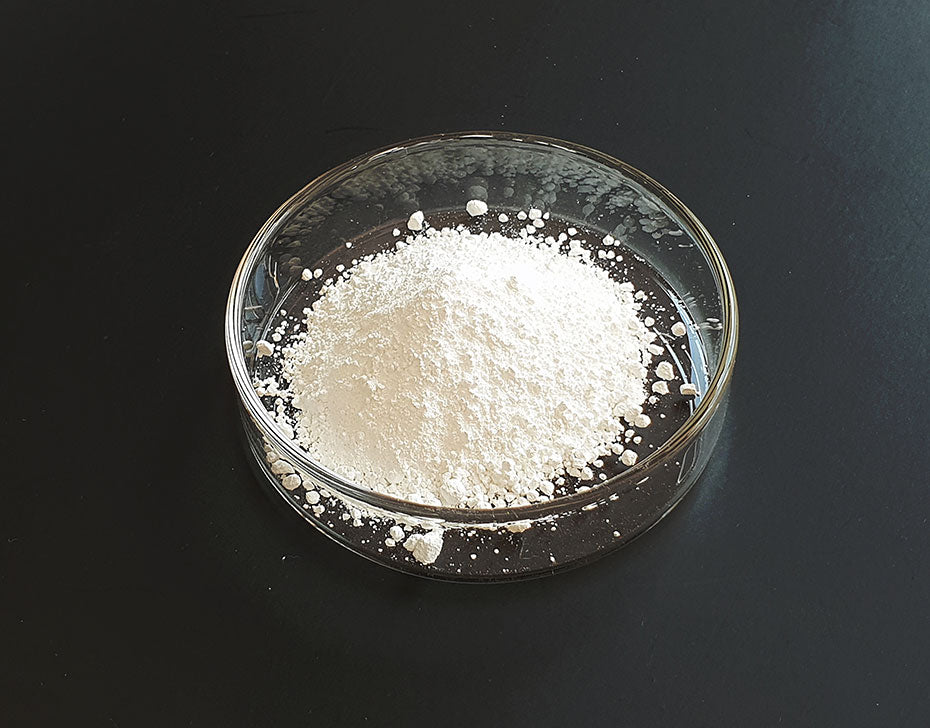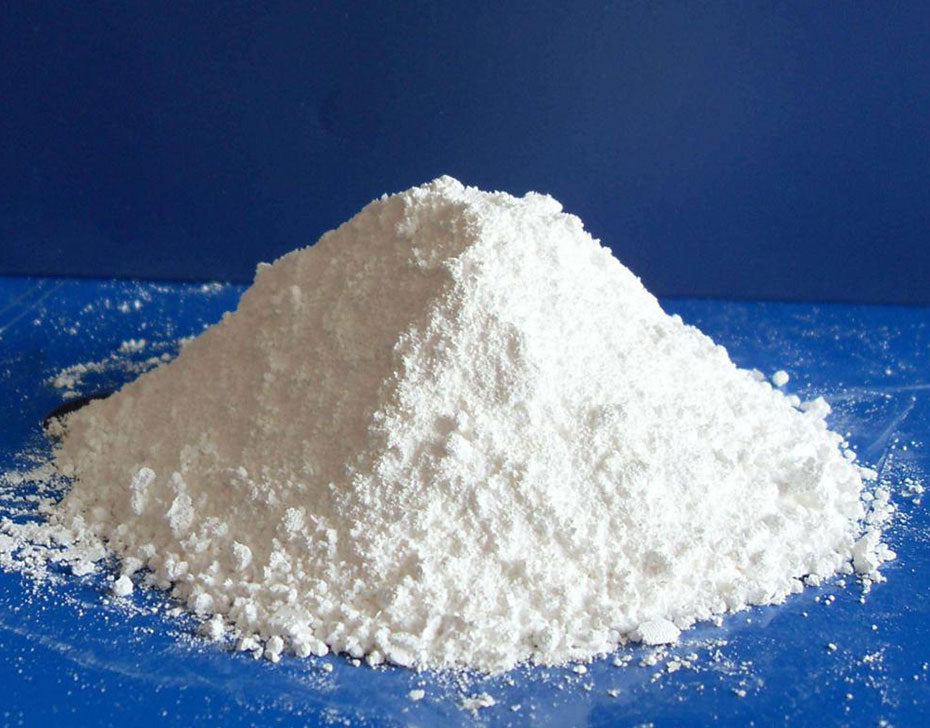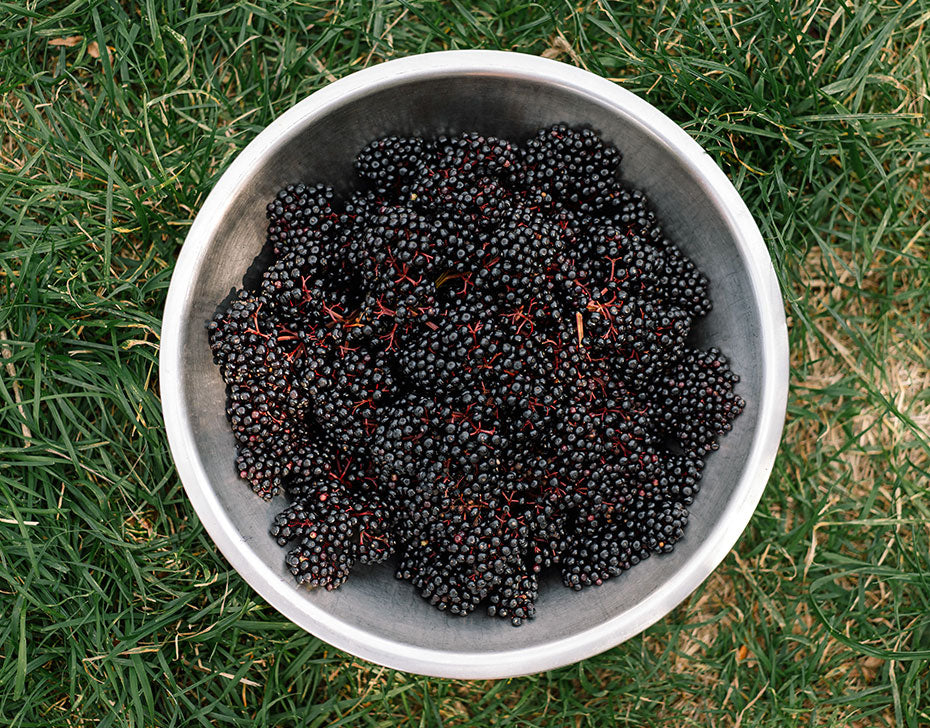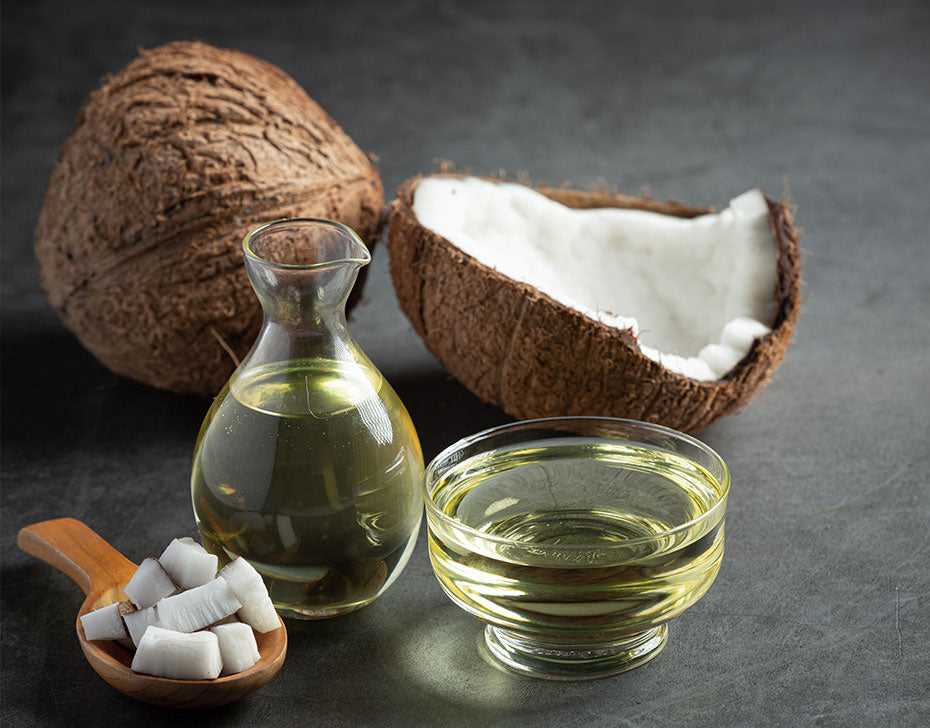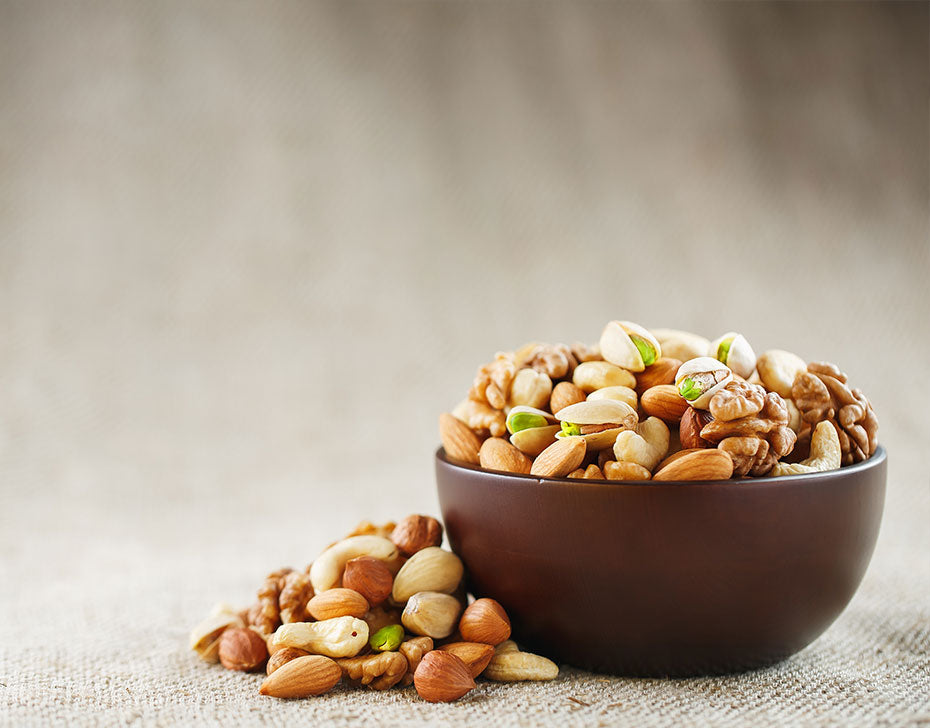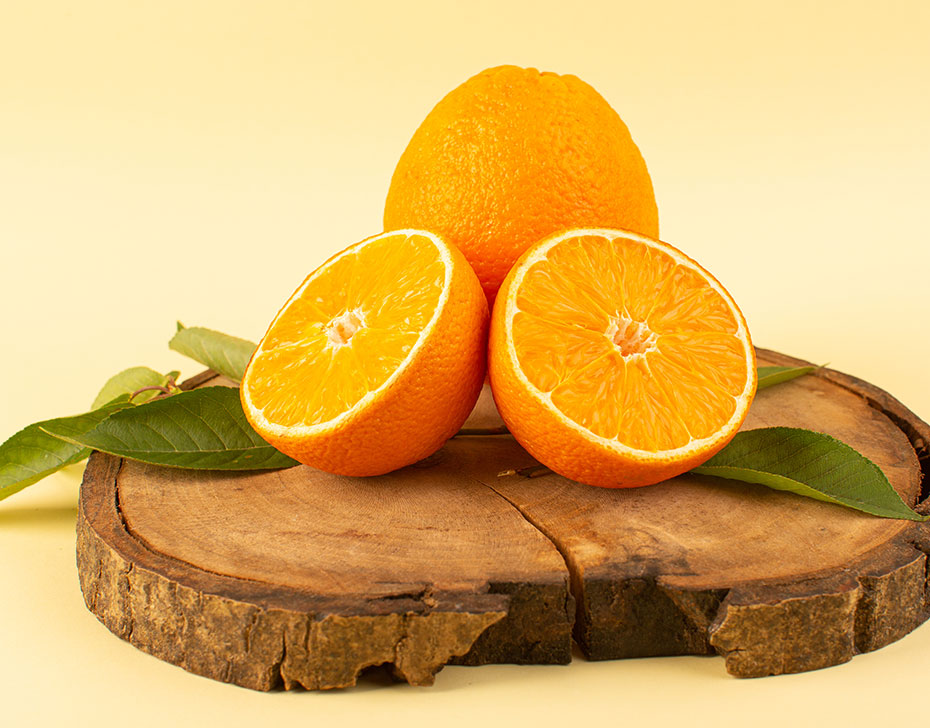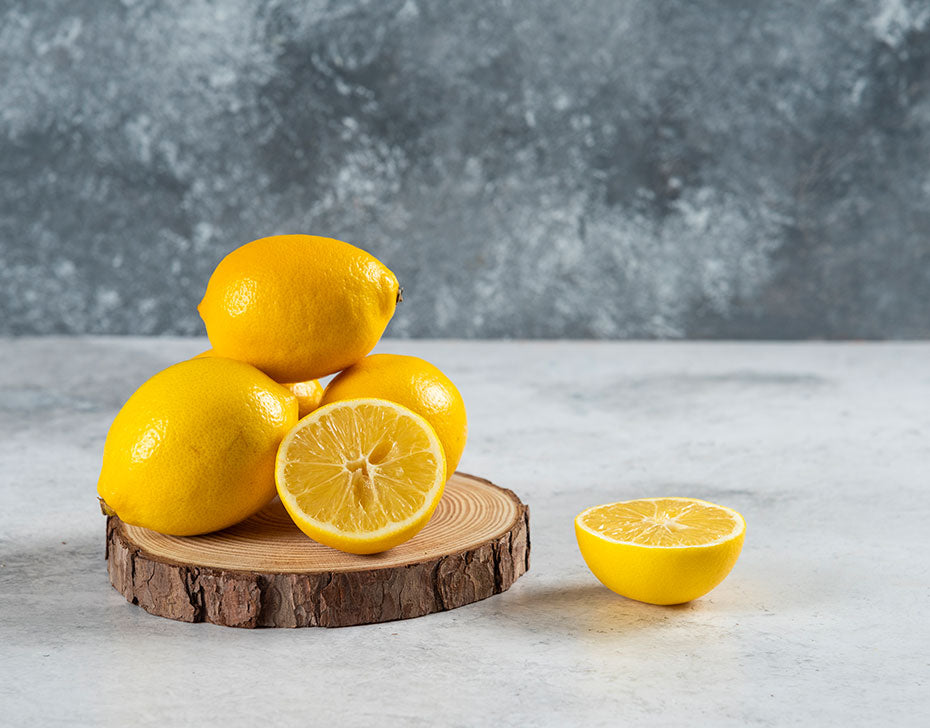Carnauba wax – a hard wax for soft skin
Carnauba wax is obtained from the carnauba palm. This plant with the botanical name Copernicia prunifera is native to northern Brazil. It can grow to the impressive height of 15 metres. In order to protect itself in advance of the dry season, the roughly two-metre-long fan leaves of the palm exude small wax scales which cover the upper and lower surfaces. The tree does this to counteract the evaporation of moisture. Carnauba wax is the hardest of all the naturally occurring waxes and it is widely used in the cosmetics industry to give products the desired consistency and gloss. It also offers the skin protection against external stress factors in a similar way to the palm leaves.
Information about bisbolol
- INCI name (International Nomenclature of Cosmetic Ingredients name): Copernicia Cerifera (Carnauba) Wax, Copernicia Cerifera Cera
- Uses: Ointments, creams, lip care, make-up, grooming wax
- Natural
- Special properties of carnauba wax: Smoothening, water-repellent, film-forming and protective, prevents a sticky feeling in cosmetics (gives them a dry feel)

